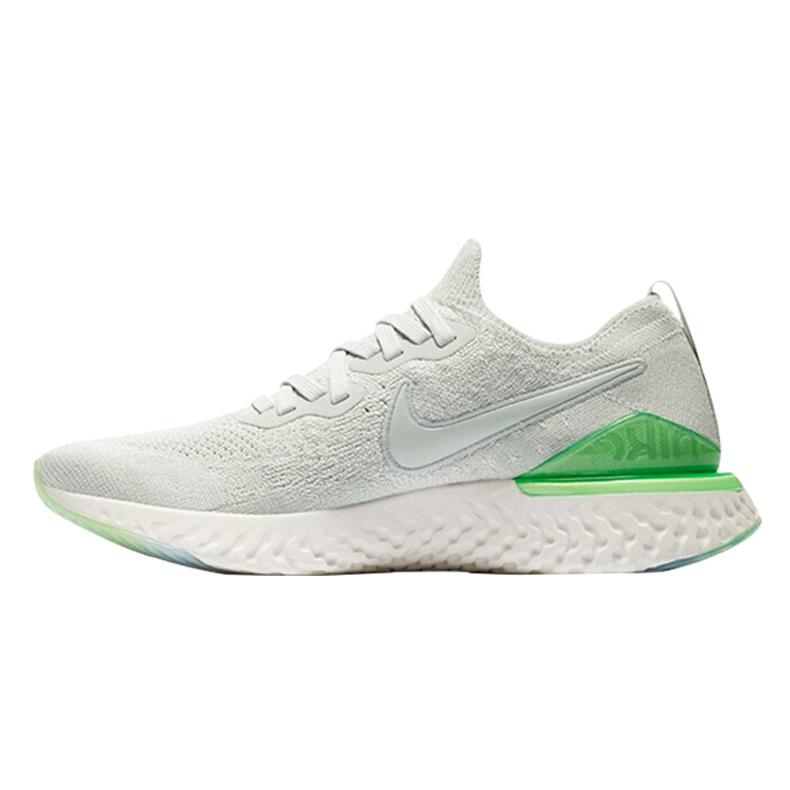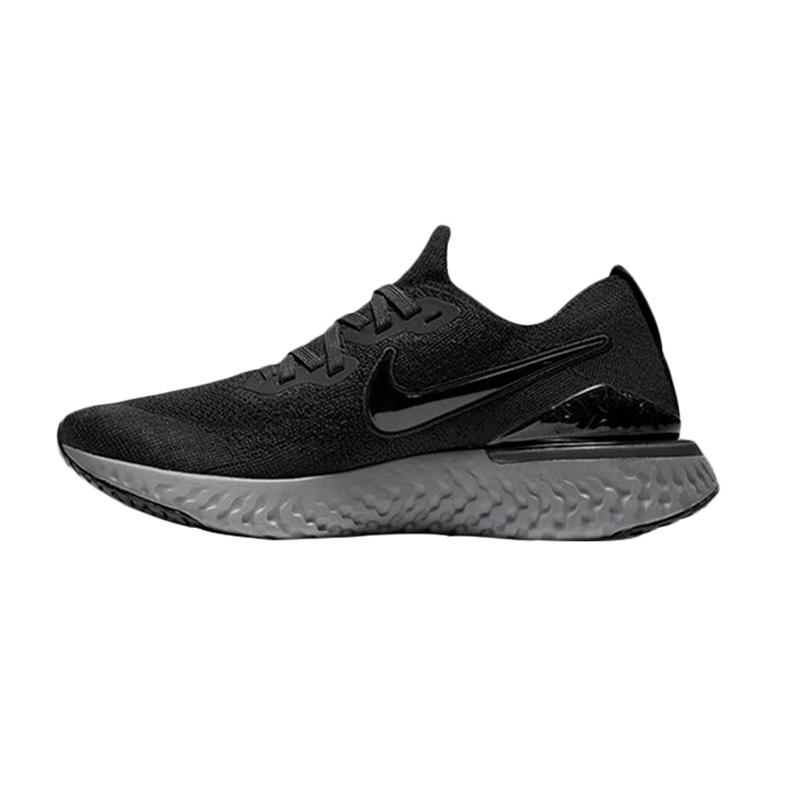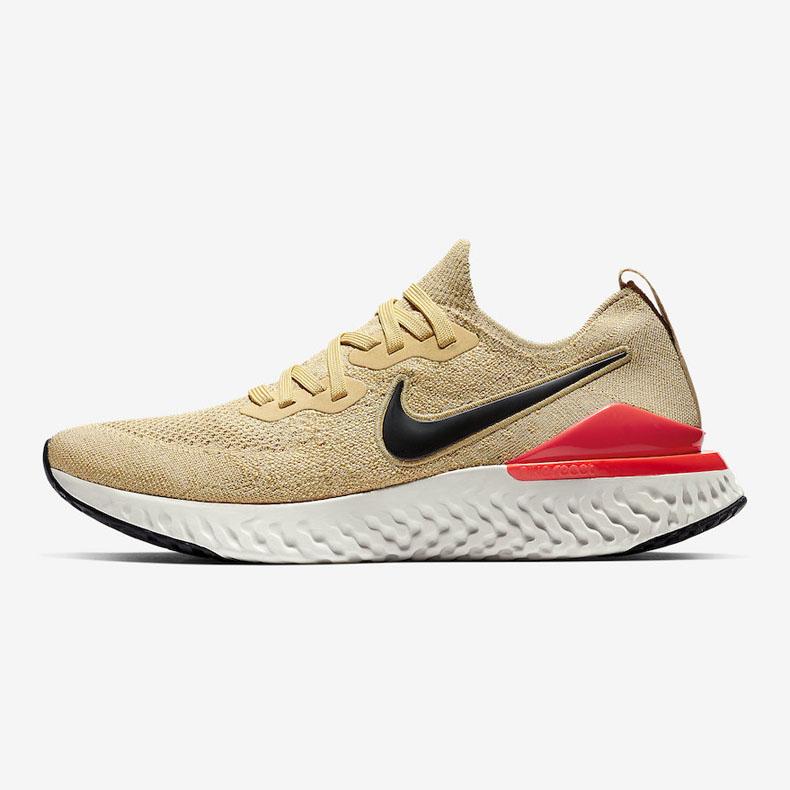When it comes to footwear, especially in environments where traction is essential, the question often arises: are Nike shoes non-slip? As a leading athletic shoe manufacturer, Nike has made strides in creating footwear that not only promotes performance but also prioritizes safety. This article delves into the factors that determine whether Nike shoes are non-slip, the technology used in their construction, and how they compare to other brands in terms of slip resistance.
Understanding Non-Slip Footwear
Before diving into whether Nike shoes are non-slip, it’s important to understand what non-slip footwear is. Non-slip shoes, often known as slip-resistant shoes, feature specialized outsoles that help prevent slips and falls on different surfaces. These shoes are particularly essential for individuals working in environments like kitchens, hospitals, or industrial settings, where spills or wet floors might be common.
Key Features of Non-Slip Shoes
Several characteristics exist within the realm of non-slip footwear that can help determine its efficacy:
- Outsole Material: The type of rubber used in the outsole plays a significant role in slip resistance. Softer rubber typically provides better grip on various surfaces.
- Tread Pattern: The design of the outsole’s tread can affect traction. Deep grooves and varied patterns can help channel away liquids to maintain contact with the ground.
- Flexibility: A flexible shoe can conform better to the surfaces it comes into contact with, improving overall slip resistance.
- Water Resistance: While not always essential, having water-resistant materials can enhance the shoe’s performance on wet surfaces.
With these features in mind, let’s explore whether Nike shoes measure up as non-slip footwear.
Nike’s Commitment to Safety and Performance
Nike has long been known for its commitment to innovation in performance athletic wear. While they are primarily recognized for their running shoes and sneakers designed for athletic performance, many Nike shoes incorporate features that enhance safety and reduce slip potential.
Athletic vs. Non-Athletic Shoes
When discussing Nike’s range of shoes, it’s vital to distinguish between athletic and non-athletic models. Sneakers designed specifically for running, training, or basketball may not be marketed as non-slip shoes. However, they often feature advanced grip technologies.
Running and Training Shoes
Many of Nike’s running and training shoes come equipped with traction features. For instance:
- Nike React: This foam technology offers great cushioning while simultaneously providing a certain level of grip. However, it may not be strictly categorized as non-slip.
- Nike Air Zoom: This line includes a dynamic traction system that can adapt to different surfaces, improving grip during athletic activities.
Although Nike running shoes may not be explicitly labeled non-slip, they can provide adequate grip during physical activity.
Casual and Lifestyle Shoes
In addition, Nike offers a wide range of lifestyle and casual shoes. These models, such as the Nike Air Force 1 and the Nike Air Max series, may also provide solid traction. However, their suitability as non-slip shoes may vary based on their intended use and surface conditions.
Nike’s Slip-Resistant Technology
Nike utilizes a range of technologies to enhance the slip resistance of their shoes. Here’s a closer look at some of the features:
Rubber Outsoles
The majority of Nike shoes incorporate rubber outsoles with varying compounds. The type of rubber and the tread pattern can significantly influence grip levels. Nike often employs different rubber formulations, including:
- High-traction rubber: Designed for optimal grip on both wet and dry surfaces.
- Carbon rubber: Often found in performance running shoes, this material adds durability and traction.
Multi-Directional Tread Patterns
Many of Nike’s athletic models feature multi-directional tread patterns that allow for better control during lateral movements or quick transitions. This is particularly beneficial for athletes participating in sports such as basketball or soccer.
Specialized Models
Some Nike models are specifically engineered for environments that require higher slip resistance. For example:
- Nike Work Team: Designed for workers needing non-slip footwear, these shoes combine comfort with safety features to guard against slips and falls.
- Nike Zoom and React Technologies: Integration of these technologies improves grip on various surfaces, making them versatile options for those needing non-slip characteristics in their shoes.
User Experience and Customer Reviews
One of the best ways to gauge whether Nike shoes are non-slip is by looking into user experiences and reviews. For many professional and casual wearers, performance in real-life scenarios can indicate how well these shoes handle slip resistance.
Positive Feedback
Many customers have reported that Nike shoes, particularly newer models with updated traction technologies, performed well on varied surfaces, including wet floors. Users appreciate the balance of comfort and grip, especially during athletic activities.
Critiques and Concerns
Conversely, some users have expressed concerns regarding specific models slipping on wet or oily surfaces. This feedback often pertains to lifestyle models not designed primarily for high-traction use.
Ultimately, while Nike shoes can offer slip resistance, efficacy may vary across different models and user experiences.
Comparative Analysis: Nike vs. Other Brands
To better understand the slip resistance of Nike shoes, it’s useful to compare them with other popular footwear brands known for non-slip technologies.
Adidas
Adidas boasts a range of slip-resistant shoes, particularly in their work shoe line, the Adidas Terrex. Known for high traction and durability, many users favor Adidas for environments requiring non-slip footwear.
Skechers
Skechers offers a diverse lineup of slip-resistant shoes intended for various work environments. Many of these models feature slip-resistant outsoles and breathable materials tailored for comfort during prolonged wear.
New Balance
New Balance has a reputation for making athletic shoes with good grip and stability. Their Fresh Foam series often scores well for traction, making them suitable for sports and casual wear.
While Nike certainly offers models that can stand up to slip resistance, brands like Adidas and Skechers often cater specifically to non-slip footwear, making them more compelling choices for workplaces necessitating high-traction features.
 Practical Tips for Selecting Non-Slip Shoes
Practical Tips for Selecting Non-Slip Shoes
When selecting non-slip shoes, whether from Nike or any other brand, consider the following tips:
1. Evaluate the Outsole
Check the type of rubber and tread pattern used in the outsole. Look for high-traction features that have been explicitly stated by the manufacturer.
2. Consider the Shoe’s Design Purpose
Determine whether the shoe is designed for everyday wear, athletic activities, or specifically for workplaces that require slip resistance. Shoes designed for specific activities commonly come equipped with appropriate features.
3. Read Customer Reviews
Pay attention to user reviews and opinions to get a clearer picture of how the shoes perform. Look for feedback from people who share similar needs or work in similar environments.
4. Test Before You Commit
Whenever possible, try the shoes on different surfaces to test their grip. Testing them in the store can help you gauge potential slip issues.
Conclusion: Are Nike Shoes Non-Slip?
In conclusion, when asking if Nike shoes are non-slip, the answer is nuanced. While many models come equipped with features designed to enhance grip and traction, not all Nike shoes are explicitly categorized as non-slip footwear. Their athletic and lifestyle shoes often incorporate advanced technologies that enhance performance, but these may not suffice in environments requiring highly specialized slip resistance.
Ultimately, whether you choose Nike or another brand, the best approach is to assess specific models based on their construction, user reviews, and intended use. By taking these aspects into account, you can find the right footwear for your unique needs. So, when selecting your next pair of shoes, keep in mind that Nike offers many options that can provide adequate traction, but always consider your specific requirements to ensure safety and comfort.


